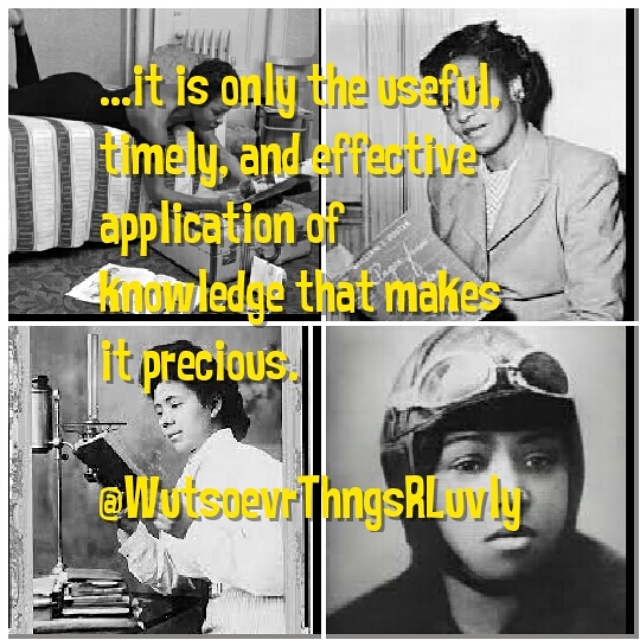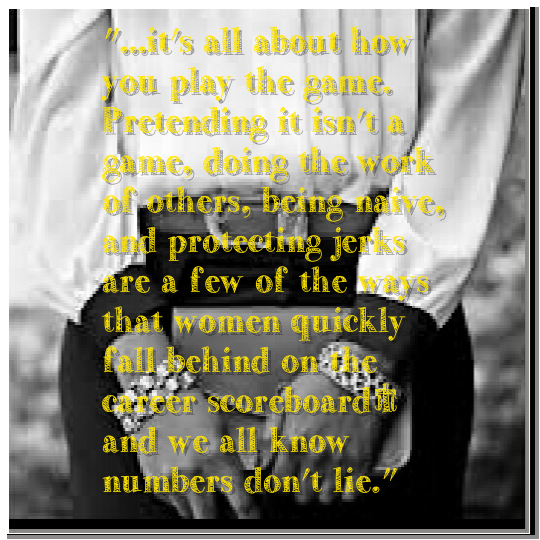Teaching and Learning
Teaching and learning are two of the most basic functions of life. From infancy, every person begins a journey into the world of knowledge and education. Initially, we focus on the information essential to existence. However, we quickly acquire preferences and appetites for information above and beyond what is needed for sustaining life. These preferences make each of us unique and exclusive. Over the course of a lifetime we all have the opportunity to be the student and the teacher in one regard or another. Those who actually chose to become formal teachers quickly realize that it is in that capacity that we do the most learning.
Students
Students are like clay in a potters hands. A teacher has such great influence over her students that she virtually aligns their trajectory. For a formal teacher, students are those who attend their classes and institutions. However, in a less formal capacity, students are those who can benefit and learn from our experience, knowledge, intellect, and wisdom. While student are heavily influenced by the expectations of their teachers, they also have their own responsibility and role to play in their educational journey. A great teacher is able to find the motivating factor for each individual and use it to draw out their potential.
Knowledge
The more knowledge we acquire, the more we realize we don’t know much at all. Knowledge is such an intangible yet priceless asset, not only to individuals, but also to groups such as families and communities. Varying types of knowledge become useful in diverse settings. Most relevant is the sum of information that ultimately promotes health and wellness. In some contexts this may be academic or intellectual knowledge, in others it may be social skills or street savy, in yet another context it may be familiarity with routes and terrains. Whatever the context, some things are undeniably more “worth knowing” than others.
Worth Knowing
Knowledge certainly is power to the extent that it is applied to practice. The information that one acquires over time is the knowledge base that should be drawn from for decision making, critical thinking, and conceptualizing the world around. However, knowledge is most profitable when it is used to benefit the whole and facilitate productivity. Each person holds an exclusive bank based on their experience and perspective. Nevertheless, without application, knowledge is useless. Therefore, it is only the useful, timely, and effective application of knowledge that makes it precious.
Educational Philosophy
Formal education holds relative value. I also greatly value informal means of learning. My views on the process are quite flexible. Still, the value, importance, and in some cases urgency remains critical. Interestingly, idealism and pragmatism, in some aspects, may appear to be contradictory philosophies. Actually, they work in perfect harmony, complementing one another.
Idealism, in short, is the belief in absolute truths. Education proves most valuable and useful when established absolute truths are supported and acknowledged. By observing this principal, we are able to avoid repeating prior lessons and mistakes.
Pragmatism, basically, is placing equal emphasis on the content and the process of learning. Learners glean a great deal from simply progressing through the learning process, in addition to the content itself.
Conclusion
Our education determines who we are and become, as well as how we operate in every function of life. Naturally, each of us is born with an exclusive set of gifts, talents, and abilities. Knowledge and education are the boosters that catapult us from good to great, normal to exceptional, student to teacher.
By Rochelle Davis, MAEd/TEd
http://mrsrochelledavis.wix.com/wutsoevrthngsrluvly




